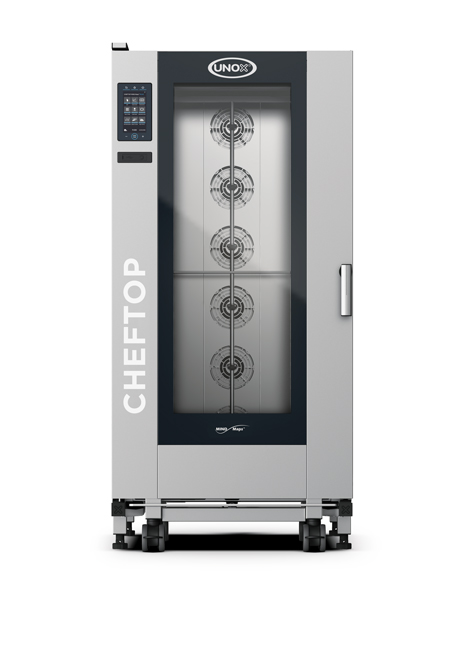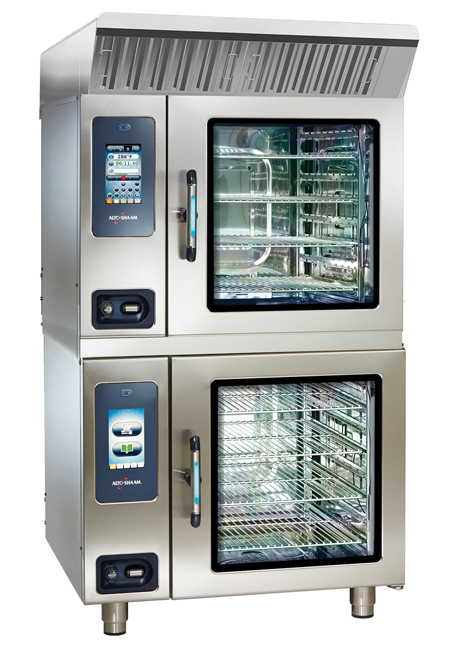Steamers are most often used to cook items like vegetables, seafood, potatoes and rice since not only is production fast, but items also retain moisture, nutrients and color.
Cooking Equipment Guides
Foodservice operators can use rotisseries in both the back and front of the house to roast skewered meats and poultry, most often whole chickens. Other menu items suitable for cooking on rotisseries include turkey breast and fish as well as potatoes and other vegetables. Some operators also use rotisseries to prepare barbecued items, such as ribs, pork and beef brisket.
By the nature of its cooking process, a rotisserie’s service life can be impacted by grease buildup.
Pressure fryers show a variety of signs the unit is at the end of its service life. One of the main indications is a leaking tank or well. Signs a tank is leaking include hardened oil under the fryer and behind the unit’s door. This is due to carbon buildup that will not only cause leaks but will also impact the fryer’s productivity and can be a fire hazard.
The rotisserie’s capacity should match the operation’s peak demand. Different variables will help determine which size rotisserie best suits a particular operation. These include the size of the operation or number of seats, business hours, and whether the foodservice operation will offer carryout service or catering.
When purchasing a pressure fryer, operators first should determine how much food they intend to produce per batch. Capacities, which are not related to the amount of food being fried but the quantity of oil being used, range between 48 pounds and 75 pounds.




















